John Dewey said, “We do not learn from experience. We learn from reflecting on experience.”
Every experience students have is an opportunity to help them tap into their power as learners. Experiences outside of the classroom impact the way students view experiences inside the classroom and vice versa.
As educators, we realize that, but do our students? They should. Understanding how their cultural beliefs, traditions, norms, societal expectations and upbringing impact their mindset and worldview is immensely important.
When students understand who they are, they can better understand why they are, and intentionally shift how they operate in order to learn more deeply and successfully.
The Power of Cultural Reflection for Students and Teachers
This is not just beneficial for the students. It is beneficial for educators as well. When students understand themselves, they can articulate their learning needs more clearly. This allows us to differentiate lessons and create a learning environment that authentically allows the students to be affirmed, welcomed, and celebrated through instruction.
As students become more aware of how their culture impacts them as learners, their academic identity is noticeably more confident. They understand how to be their best learning self. This leads to increased academic success.
Incorporating this type of reflection specifically in regard to classroom assignments is powerful.
Allowing your students to reflect on their culture, empowers them to understand the way they think, how they process, and determine their strengths as a learner.
Why Should Students Reflect on Their Assignments?
Reflecting on their assignments allows them to think about what they learned about themselves, their peers, and the world around them.
Assignment reflection also provides opportunities to determine what they want or need to learn more about in the future.
So, now I’m sure you’re wondering how to make all this magic happen in your classroom with your students.
Using the Power of Cultural Self-Reflection in Your Classroom
Here are three strategies to get you started:
- Ask yourself three anchor questions as you are analyzing your curriculum, designing lessons, and selecting resources to support learning.
- What are my students learning about themselves?
- What are my students learning about my peers?
- What are my students learning about the world around them?
- Talk to your students about culture – what it is, why it is important, and how it impacts their perspective as learners.
- Have your students reflect on their assignments before and after completion. HERE are some of the reflection sheets I use with my students.
These three strategies are power packed and results based. It takes time to get your students in the habit of reflecting and being comfortable thinking about themselves in a new way, but I promise the results are exponentially rewarding.
Cheers to reflection!
P.S. If you need some additional support creating lessons for your unique set of students, click the link below and schedule a coaching call with me today!

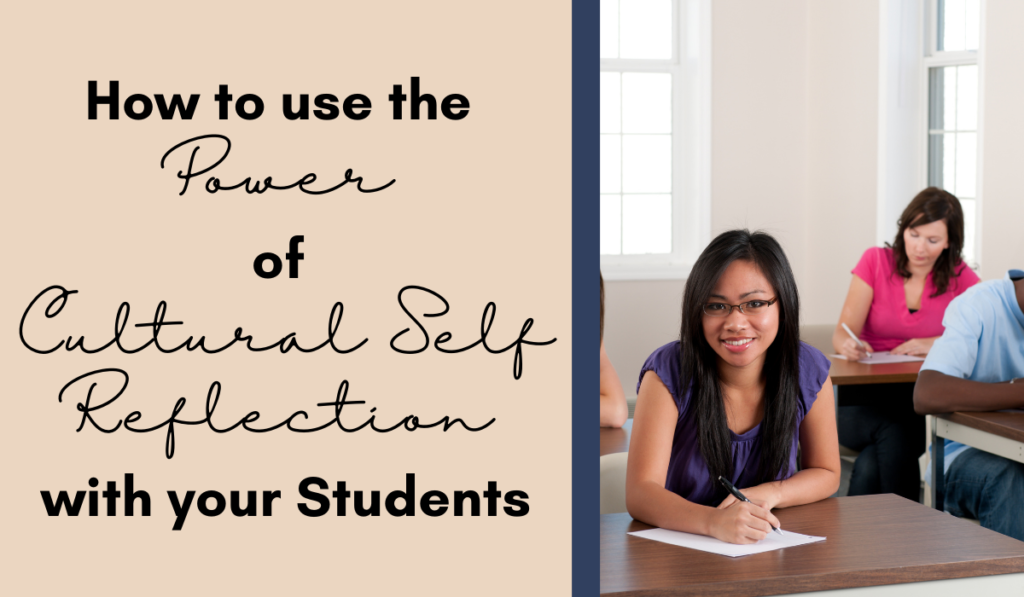
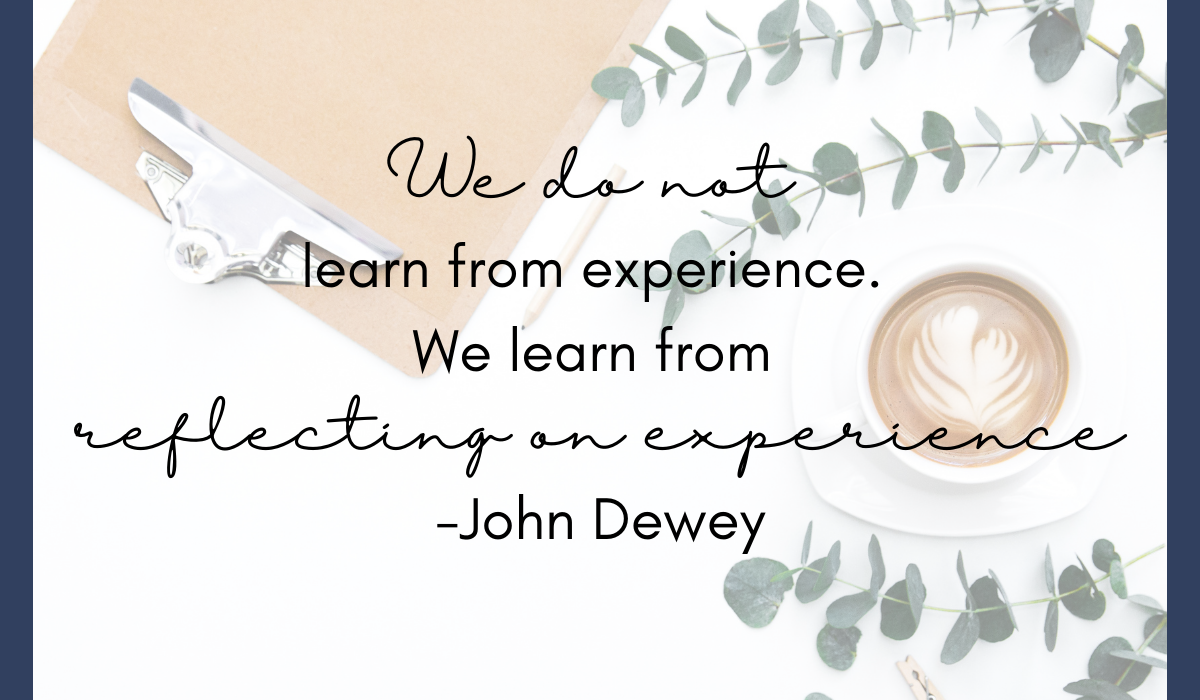
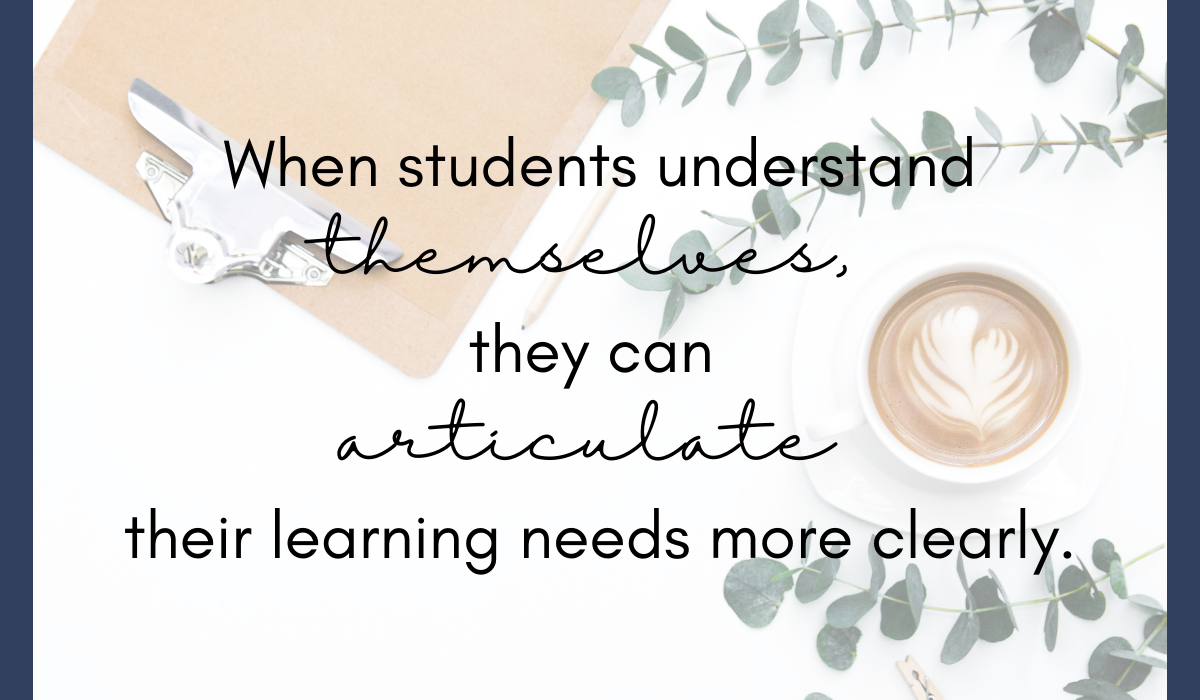
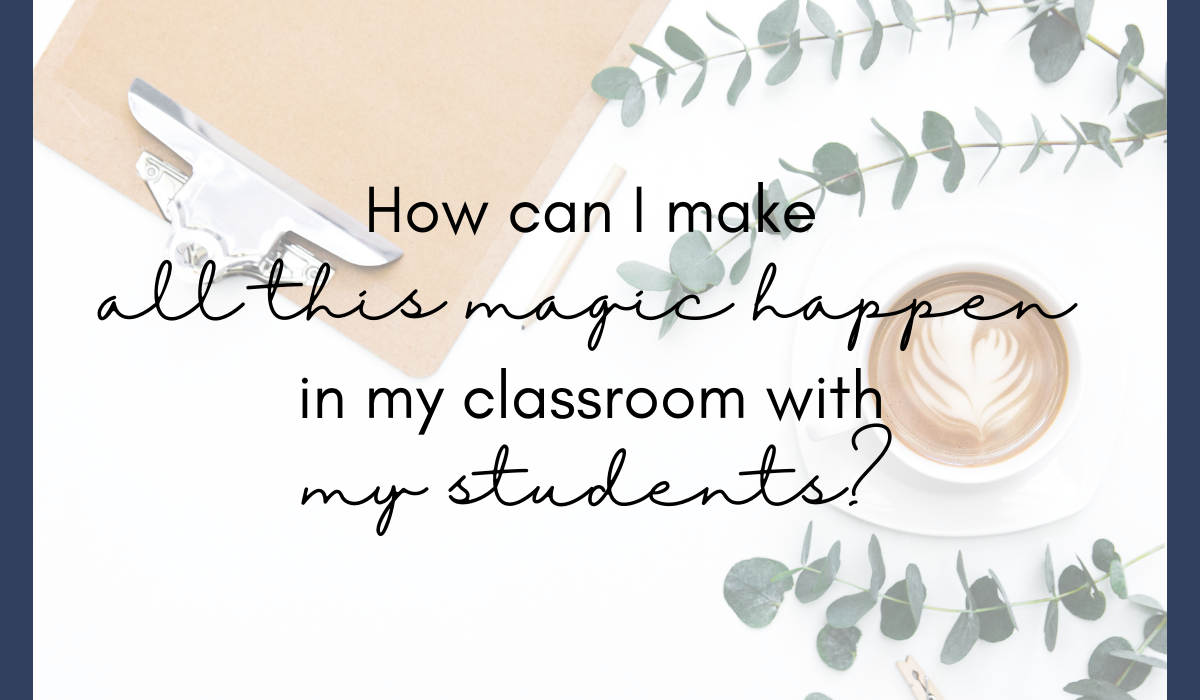
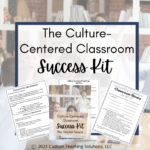
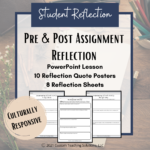
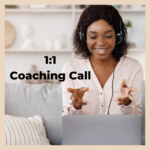


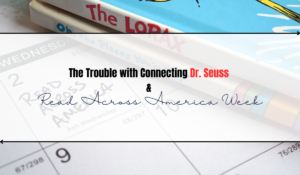
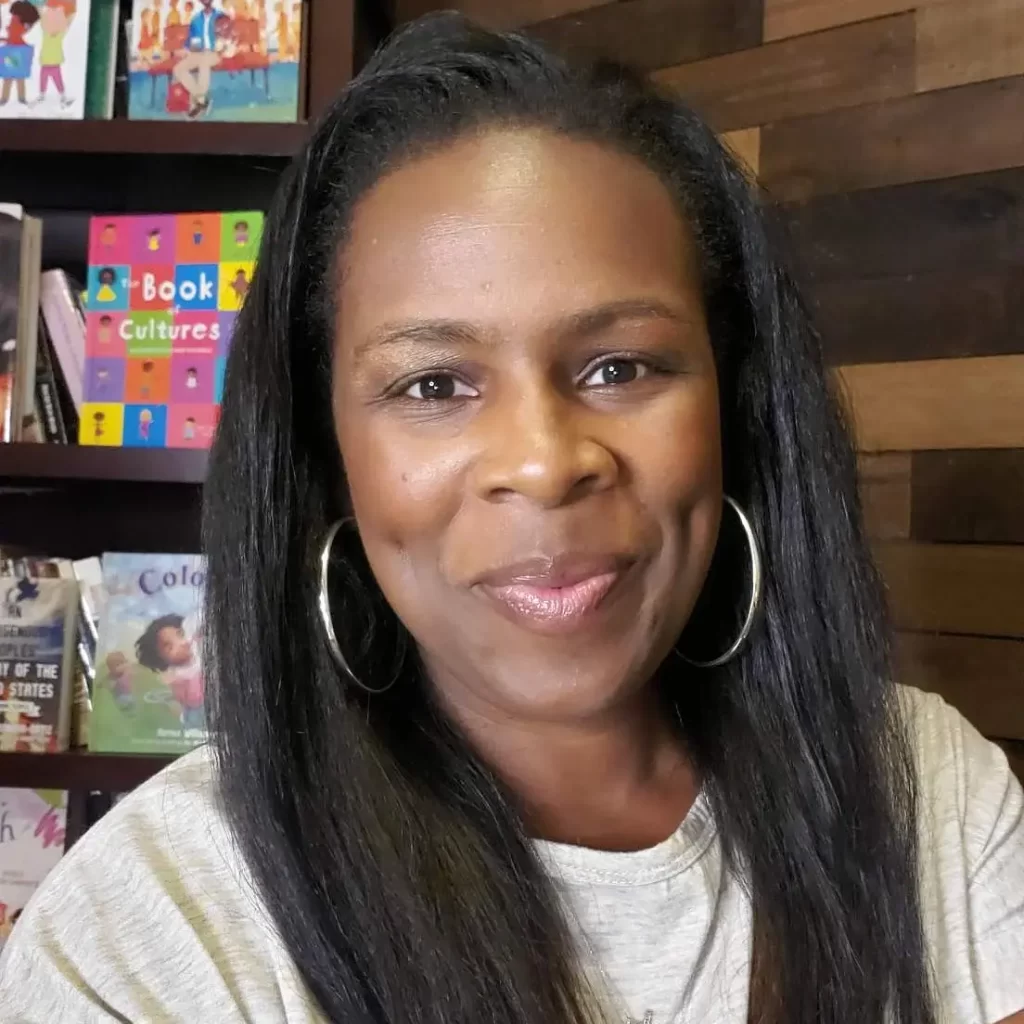
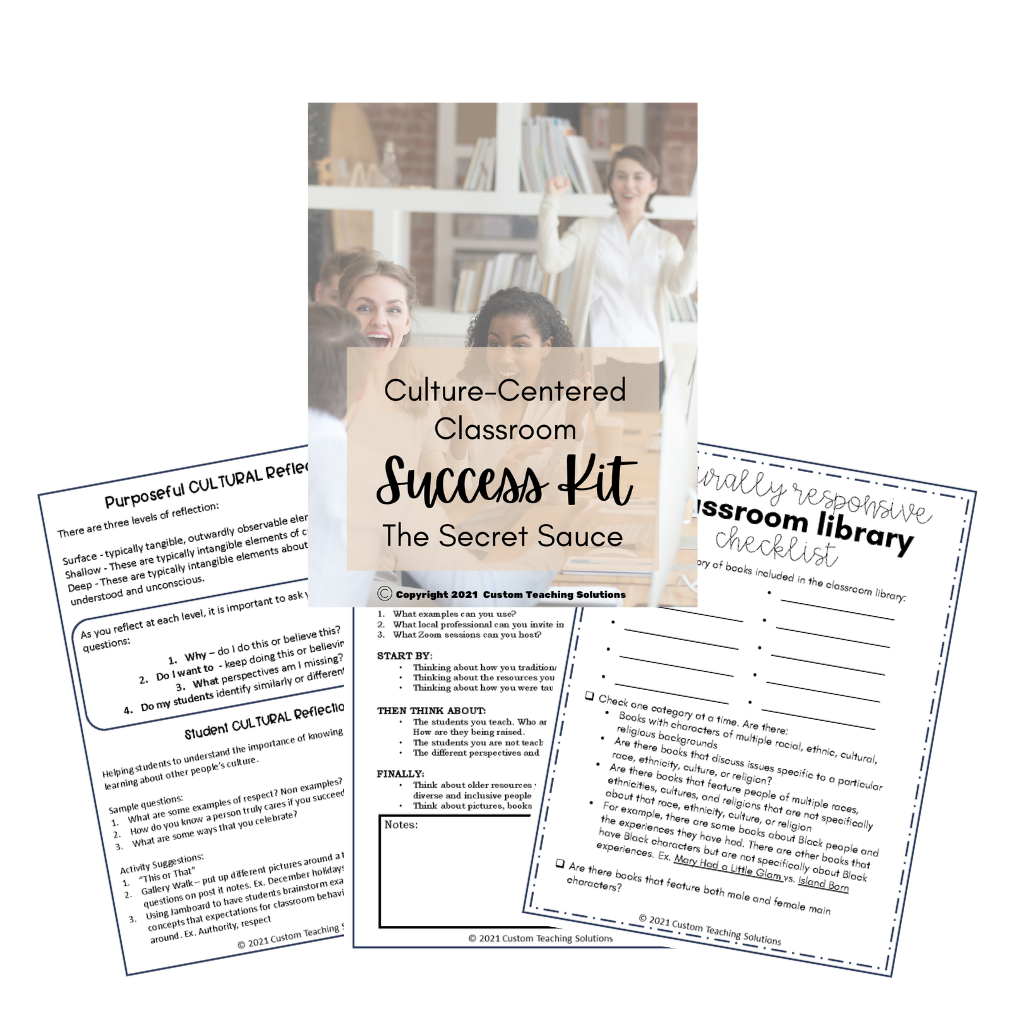
2 thoughts on “How to use The Power of Cultural Self Reflection with your Students”
Pingback: The Power of Having Your Students Choose Their One Word for the Year - Custom Teaching Solutions
Pingback: Tips for Preparing to Share and Celebrate Black History - Custom Teaching Solutions